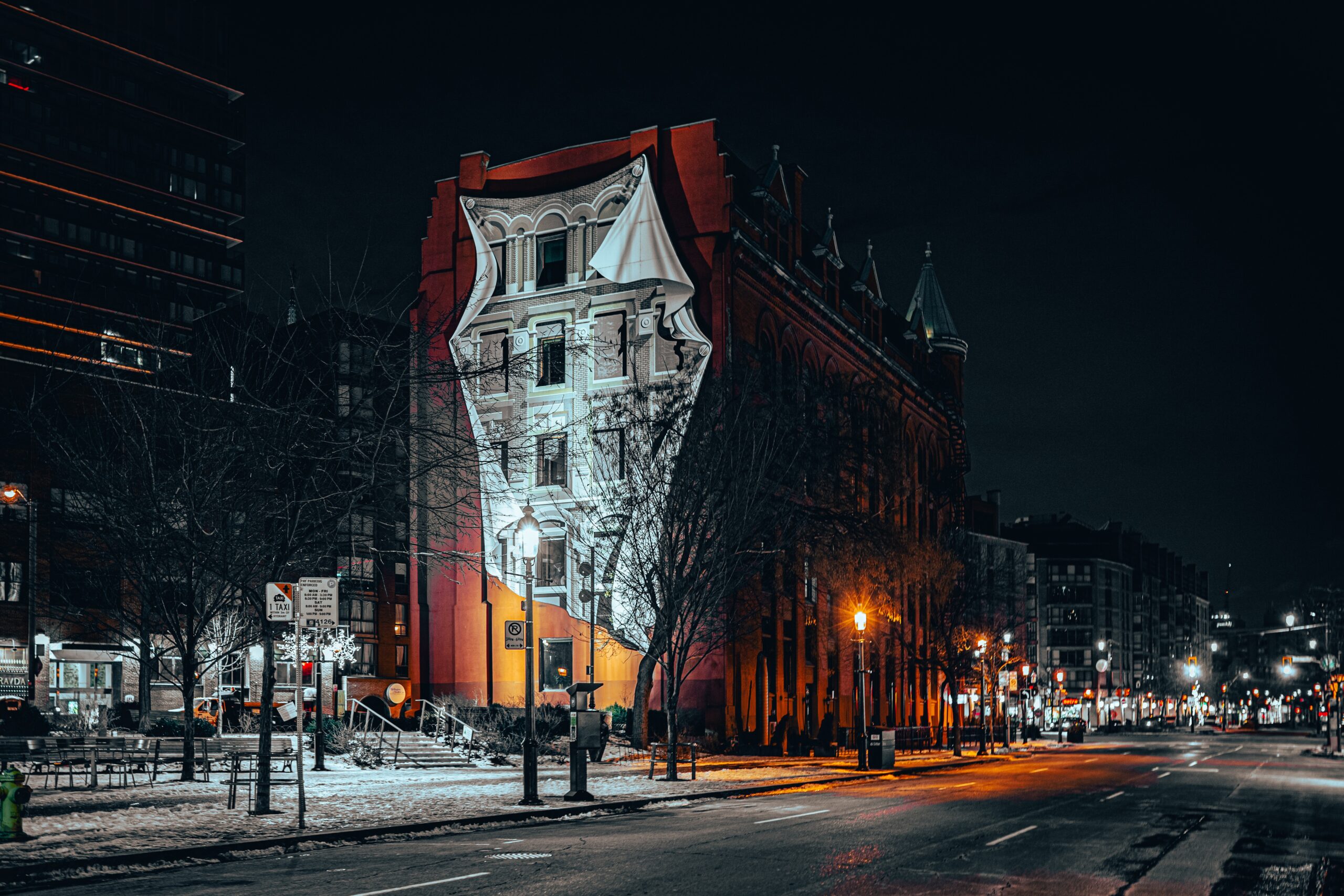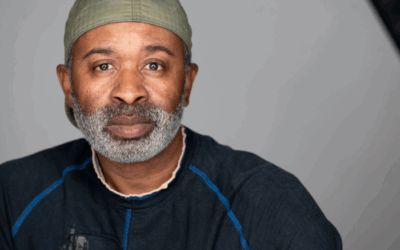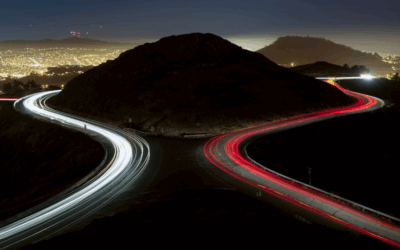Street photography has evolved into one of the most beloved genres of photography. It’s a way to capture human life in an intimate and sometimes candid way, ultimately telling stories with your images. Before you embark on street photography, it’s important to be familiar with the basics. This article will provide background information about street photography, the best gear for street photography, basic camera settings, the street photography code of ethics, and tips and tricks to get you started.
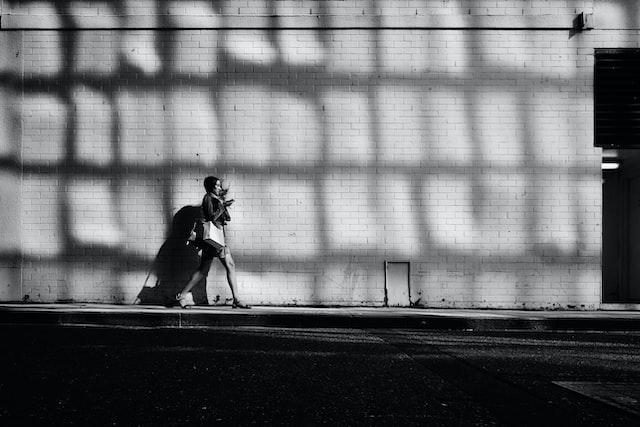
What is Street Photography?
Street photography is a type of documentary-style photography that captures scenes in public places, often without prompting or posing from the subjects. It’s about capturing people and their surroundings, creating meaningful images that tell stories. These street scenes can be anything from the hustle of a street market to the stillness of a street corner.
Despite its name, street photography doesn’t actually have to be shot on a street. It can be shot in any public place, such as parks, beaches, cityscapes, or even street art. The key is to capture real life and create powerful images that tell stories about the people you photograph and their surroundings.
A Brief History of Street Photography
Street photography has been around for well over a century, but it wasn’t until the mid-1900s that street photographers like Henri Cartier-Bresson and Robert Frank began to develop street photography as a form of art. These street photographers documented everyday life and human behavior with their cameras, producing some of the most iconic street photographs ever taken. Even today, a century later, their images remain relevant and powerful.
Elements of Effective Street Photography
Just snapping an image of a street scene isn’t enough to create a good street photograph. There are several elements of street photography that, when combined, can help produce powerful images.
Effective street photography:
- Has a clear subject. Your street photograph should have a strong focus on the subject or scene you’re photographing. It should be clear to the viewer what you’re trying to capture.
- Follows the rules of composition. Composition is key in street photography, as it helps draw the viewer’s eye to your subject. Try using different angles, perspectives, and points of view when taking street photographs.
- Captures a moment. Street photography is all about capturing the moment. Try to look past the obvious and be on the lookout for small moments of interaction or expression between street subjects.
- Tells a story. Street photography should tell stories through its images. It’s your job as a street photographer to capture moments that evoke emotion in the viewer, making them feel something when looking at your street photograph.
- Documents human life. Street photography is a way to document the lives and stories of everyday people. However, that doesn’t mean there has to always be an actual person in the photo — but you do need the essence of humanity.
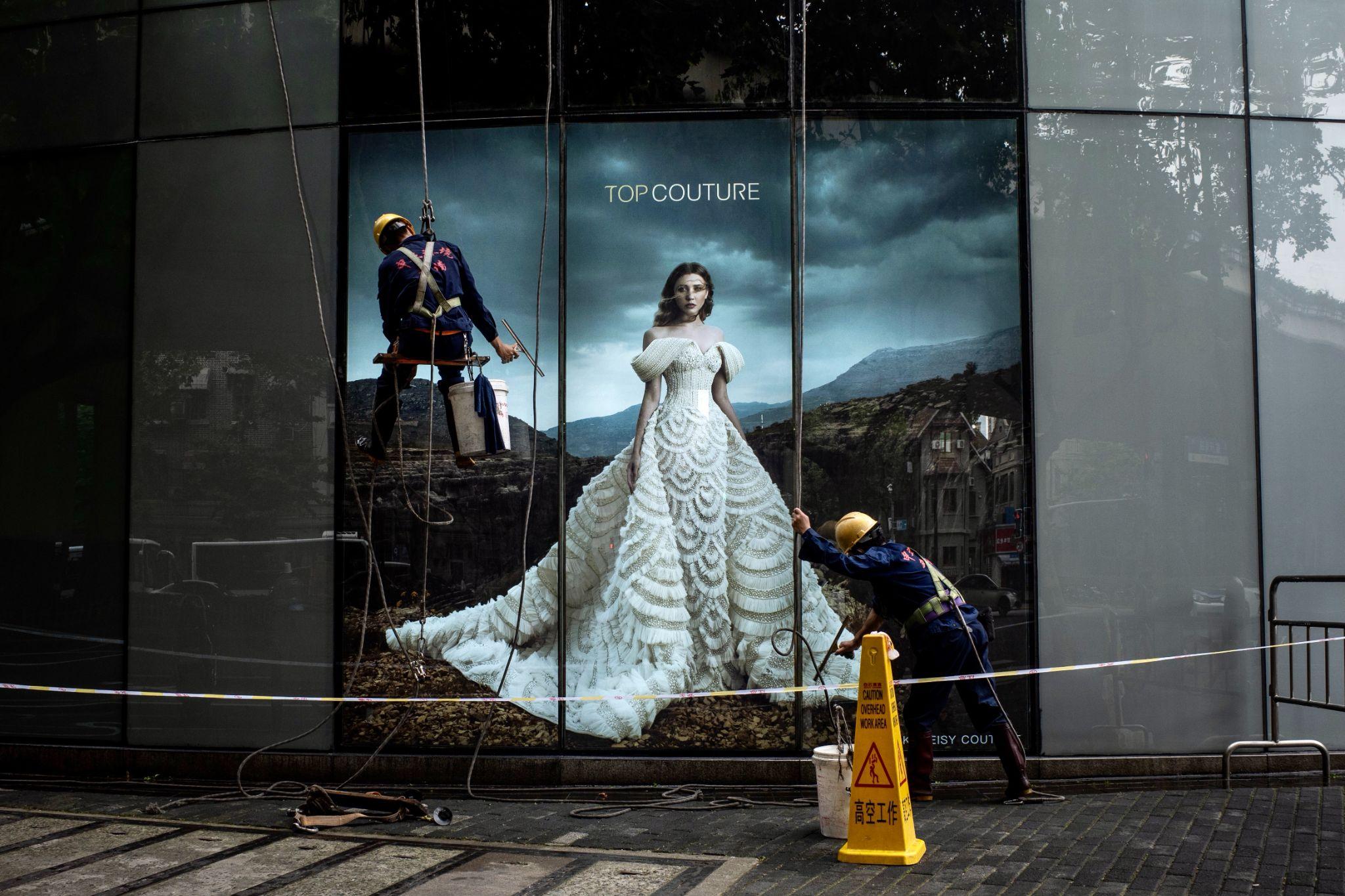
The Best Gear for Street Photography
When it comes to street photography, you don’t need the most expensive gear to get started. In fact, street photography is often seen as an exercise in minimalism — the less gear you have, the better. That’s because street photography is about being able to move quickly and blend into the street scene.
That said, there are certain elements of street photography that require specific gear. Here’s what you should consider when picking out your street photography kit:
Cameras:
A good street photography camera should be lightweight, unobtrusive, and able to take high-quality images in a variety of street environments. Small mirrorless cameras are often the preferred choice for street photography as they are lightweight, easy to carry around, and don’t draw too much attention. The ability to change lenses is also a bonus, as street photographers can then have the flexibility to switch between different focal lengths for more dynamic street photographs.
Lenses:
The best lenses for street photography are those that provide a wide field of view and can capture both far and near elements of a street scene. Prime lenses (fixed-focal-length lenses) are often preferred by street photographers as they are lightweight, have wide apertures (which help create the street photography shallow depth of field look and perform well in low light), and they’re more inconspicuous that a larger zoom lens. 35mm and 50mm prime lenses are popular choices.
Other Gear:
In addition to cameras and lenses, street photographers should also consider other gear that is essential for street photography. This includes things like memory cards you can rely on, portable chargers, card readers, and extra batteries.
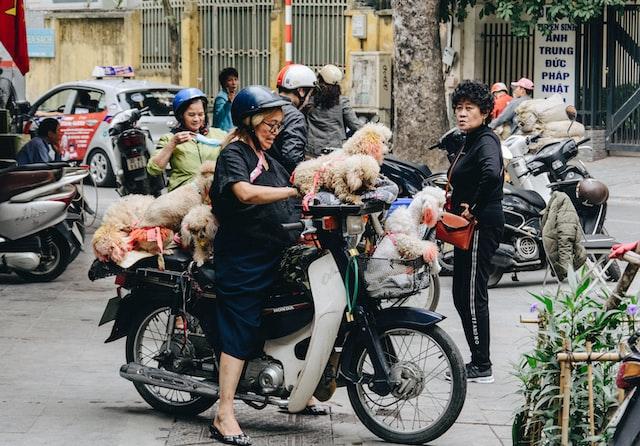
Street Photography Camera Settings
When it comes to street photography camera settings, the most important thing is to make sure you are getting the best exposure for your images. This means using a combination of aperture, shutter speed, and ISO (i.e. the exposure triangle) that will give you a well-exposed photograph.
However, your settings will vary depending on the lighting conditions. While there are no specific camera settings for street photography, there are some important things to remember:
- Avoid motion blur by keeping your shutter speed over 1/200.
- Use a wide aperture (f/2.8 or wider) in low light and if you want to blur the background. Use a smaller aperture (f/8) if you want a large scene in focus but this will be too dark in low-light situations.
- In most genres of photography, you will want to keep your ISO as low as possible because the higher the ISO, the noisier the photo. Street photography, by nature, tends to be more forgiving with noise. So you can bump ISO higher than you normally would in order to properly expose your image. Newer cameras tend to handle high ISO very well, but you’ll need to test how high you’re comfortable increasing your ISO.
- Always shoot in RAW format. This will give you more flexibility when it comes to post-processing your street photos.
The Street Photography Code of Ethics
Street photography can be intrusive and difficult for street subjects, so it’s important that street photographers abide by a code of ethics when shooting on the street. Otherwise, you could end up creating an uncomfortable scene and potentially putting yourself at risk.
Here are a few street photography code of ethics guidelines:
- Be respectful: street photography involves capturing people in public spaces, but street photographers should always be respectful of their subjects and the environment.
- Know the local laws: street photography is legal in most places, but you should make sure to research your location’s street photography rules and regulations before shooting.
- Get permission when necessary: some street scenes and street subjects may require the photographer to ask for permission before photographing.
- Be aware of the scene: street photographers should always be conscious of what’s going on around them and not intrude too much into people’s personal space.
Tips and Tricks for Beginner Street Photographers (with Examples)
Street photography can be intimidating, especially for new street photographers. It can be difficult to know where to start and what techniques to use. Here are some tips and tricks for beginner street photographers:
Shoot from a Distance
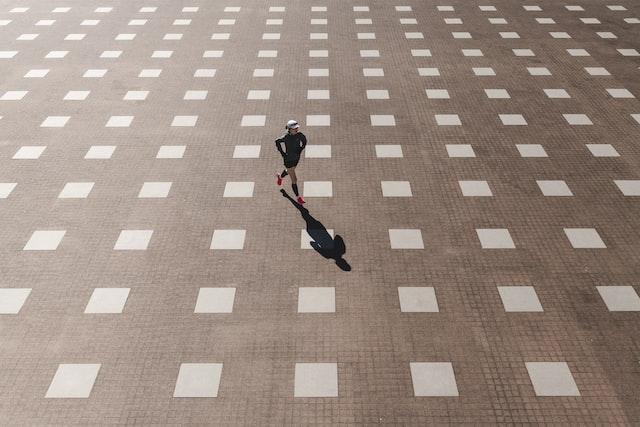
Don’t be afraid to use a longer lens and shoot from further away. This will help you capture street scenes without intruding on your street subjects.
Practice on Animals
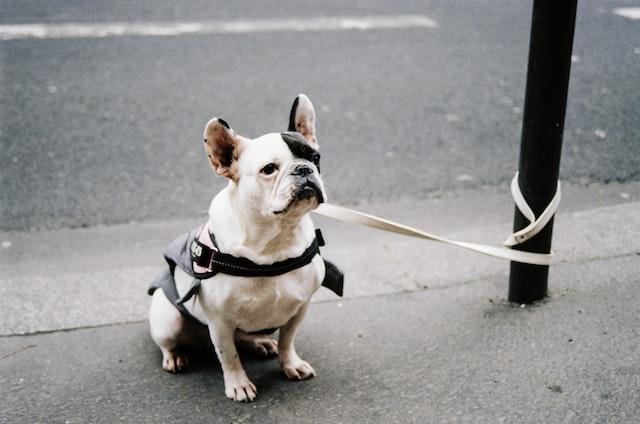
If street photography is too intimidating, start by photographing animals in public spaces instead. Animals are a great way to practice your street photography techniques without worrying about creating an uncomfortable street scene.
Shoot Through a Window
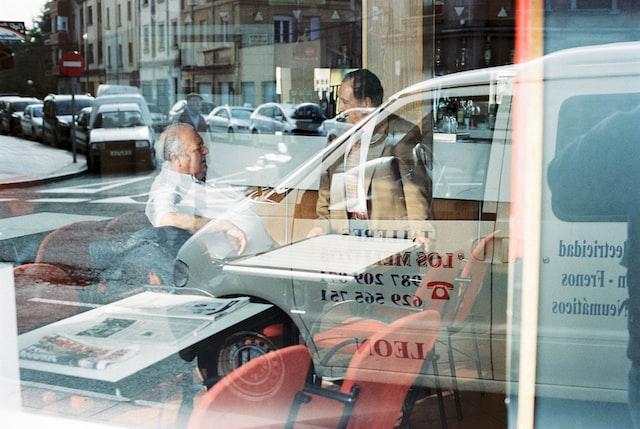
Street photography can be easier if you shoot through a window or glass. This gives you more anonymity and reduces the risk of creating an uncomfortable street scene. Just be sure to shoot through a public building, not someone’s bedroom window!
Photograph Street Performers
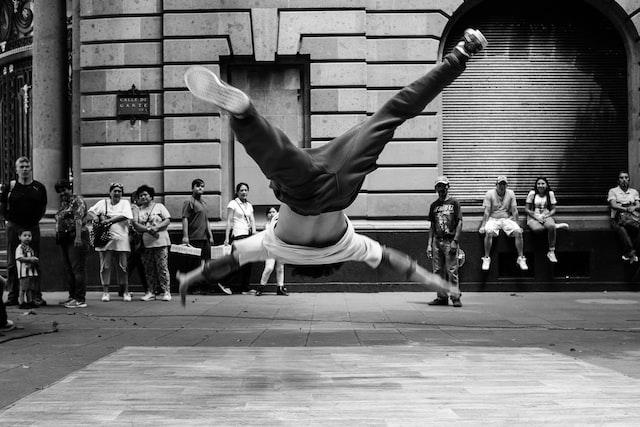
Street performers are a great street photography subject. They’re usually happy to be photographed and they provide a unique street scene that you won’t find anywhere else.
Shoot where People Commute
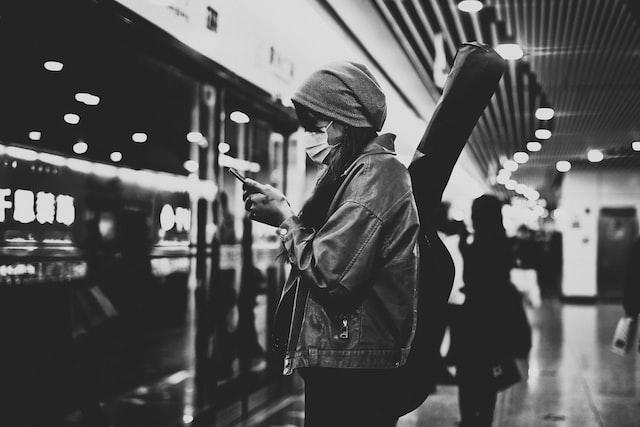
Commuting areas are a great street photography scene. You’ll find subjects coming and going, which can provide lots of street photography opportunities. Plus, people are in a hurry and not likely to notice you.
Photograph Silhouettes
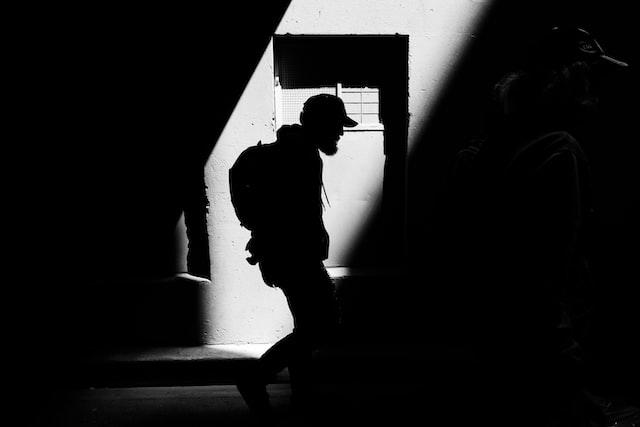
Street photography doesn’t always have to be about capturing street subjects in detail. Silhouettes can provide an interesting street scene and can be a great street photography composition.
Photograph People from Behind
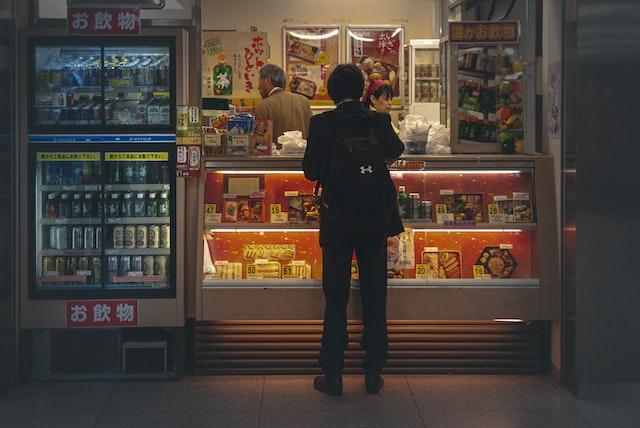
Often street photography doesn’t require the street subject to be seen at all. You can capture interesting street scenes by photographing people from behind. This can add a mysterious element to street photography without intruding on street subjects.
Try Shooting a Photo with no People in it

Not all street photography needs to include human subjects. Street scenes can be photographed without people, which can add a unique perspective to street photography and gives you a chance to look at the environment in a new way.
Experiment with Different Vantage Points
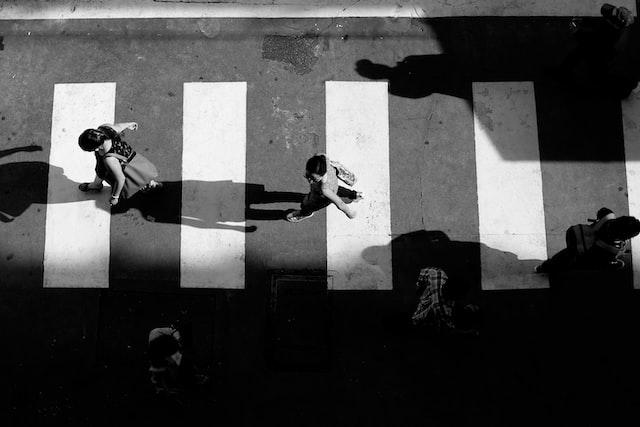
Street photography can be a lot of fun if you experiment with different vantage points. Try shooting a scene from street level, from the top of a building, and from a street corner. Each vantage point will give you a different street photography perspective.
Document Street Scenes over Time
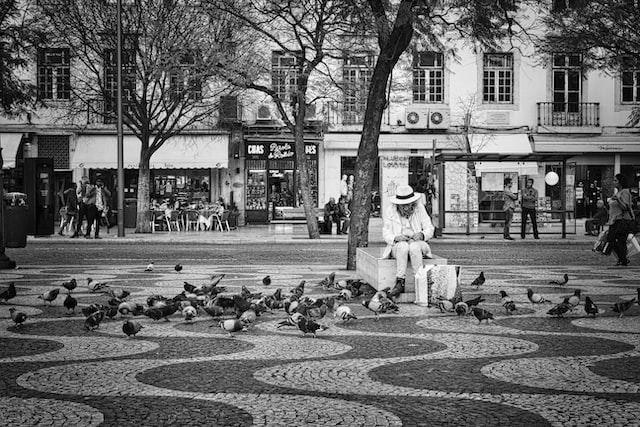
Street scenes can change quickly. Document street scenes over time by returning to the same street corner and shooting street photos at different times of day, different seasons, and different weather. This will give street photographers a unique street photography perspective.
Conclusion
Street Photography gives people a wonderful glimpse at the world around us and provides us with an opportunity to document human life as no other art form can. It’s an art that requires an eye for detail, an understanding of good composition and ethics, as well as the right equipment. Once you have all of these essentials in check, it’s just a matter of following your instincts, being creative, and seeing what opportunity presents itself throughout your day.
There are still so many stories waiting to be told no matter where you live – challenge yourself and become the storyteller behind the lens! Put your street photography skills into practice today and join the quickly growing ranks of enthusiasts who are pushing boundaries beyond traditional portrait and landscape photography.
